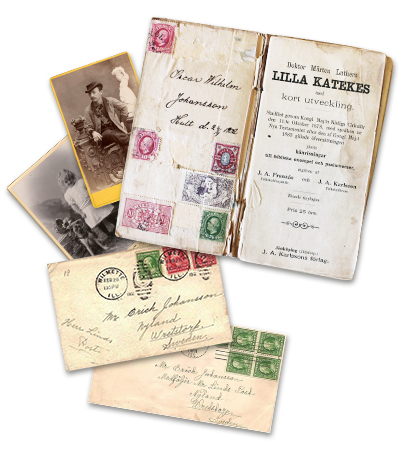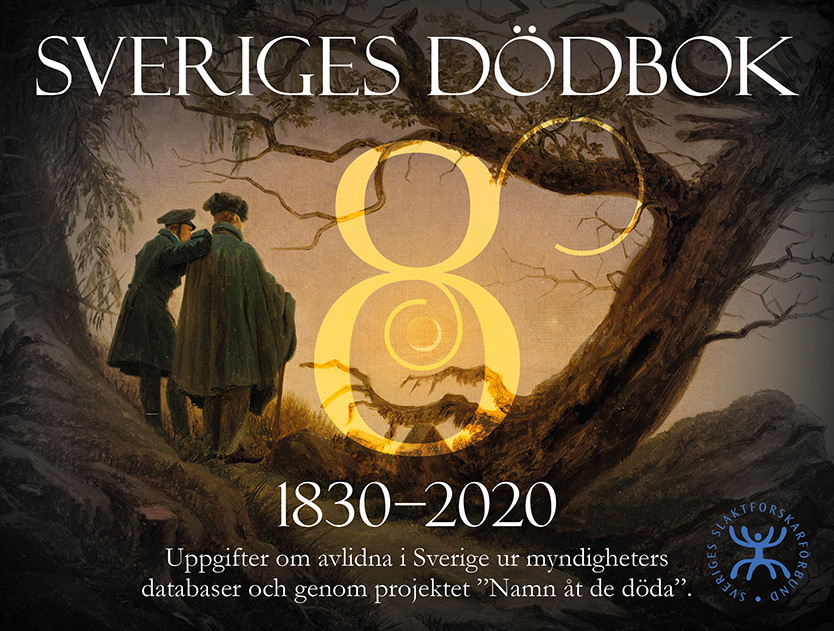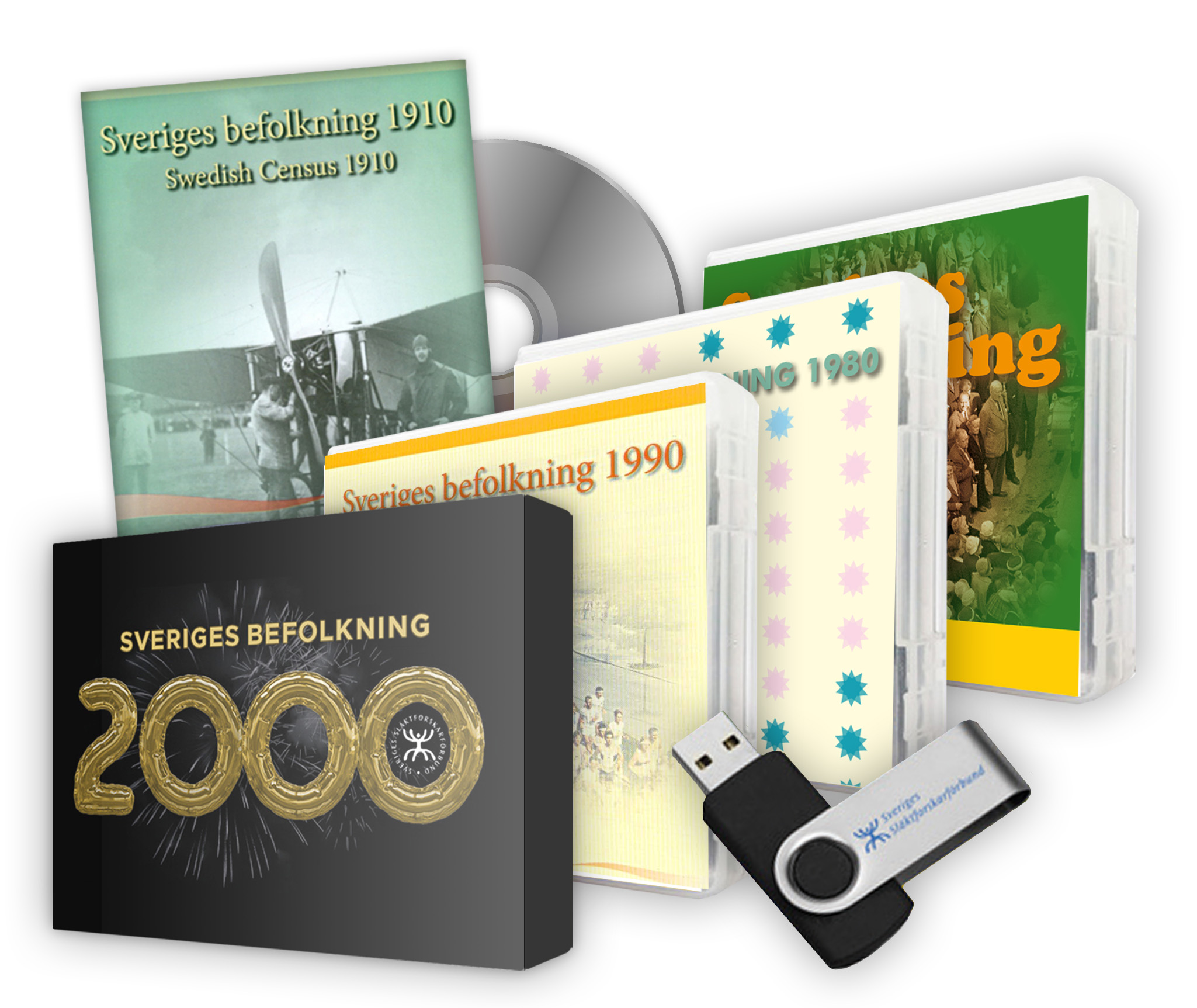Step 1: Gather the existing clues

The first step to finding your Swedish roots is to find out about as much as you can about your Swedish ancestors by interwiewing relatives and looking for useful documents. A good start is to put down every known ancestor’s name, birth parish, where your ancestor lived and a date such as birth, marriage and death or emigration date.
Are there any personal documents? Look in your drawers. You might find legal papers such as Flyttningsbetyg – the official exit permit issued by the pastor of the parish in Sweden from which the immigrant came. A Certificate of Naturalization is another useful document to find out when your ancestor emigrated from Sweden. Letters to and from Sweden may yield an old address in Sweden, which can be a valuable clue in determining the origin of your ancestor’s family.
The family Bible was usually handed down from father to son, and was often used to record important dates in the history of the family – births, baptisms, marriages, deaths and burials.
Step 2: Shortcuts to your Swedish roots
 Sweden has kept excellent records of its citizens since the 17th century. People of Swedish descent can trace their family's history in Sweden and discover distant relatives, if they just know some of the basic facts about their families. But for many of us, the information we have in advance is scarce. Thankfully there are a couple of useful CD/DVD-records to help you find the way into the Swedish church records just by typing your ancestors name and hitting the search button.
Sweden has kept excellent records of its citizens since the 17th century. People of Swedish descent can trace their family's history in Sweden and discover distant relatives, if they just know some of the basic facts about their families. But for many of us, the information we have in advance is scarce. Thankfully there are a couple of useful CD/DVD-records to help you find the way into the Swedish church records just by typing your ancestors name and hitting the search button.
The Swedish Death Index
The Federation of Swedish Genealogical Societies has released a number of databases on DVD that facilitate the search for your Swedish family. The most important one is the Swedish Death Index.
The Swedish Death Index is a searchable database that is available on USB. Often you can find a relative just by knowing their name and maybe the year of birth or the parish and therefore the database is the natural first step to find new relatives for many Swedish genealogists
Swedish Death Index 8 contains name, date of birth and death, marital status, convocation and address for approximately 15,4 million people 1830–2020.
Read more about the Swedish Death Index in our Bookshop

Swedish census 1880–2000
A total of seven different databases containing all persons who were registered in Sweden in the end of 1880 (4,6 million people), 1890 (4,8 million people), 1910, (5,6 million people) 1970 (8 million people), 1980 (8,3 million people), 1990 (8,6 million people) and 2000 (8,9 million people). The full details are name, residential address, date of birth and birth parish (both including county). The databases contain computerized transcripts of household examination rolls, prepared by the parish vicar or clerk and sent to the government agency SCB (Statistics Sweden).
The records includes information on name, birth year, birth parish and place of residence (county, parish and village/city) relationship to others in the same household and occupation and sometimes, notes about health or legal status.
Read more about the dvd/usb in our Bookshop
 For other useful databases, visit The Federation of Swedish Genealogical Societies online Bookshop
For other useful databases, visit The Federation of Swedish Genealogical Societies online Bookshop
Step 3: Find Church Records online
You can find Swedish Church Records online using the sites mentioned below. The two most popular alternatives amongst swedes are the ones mentioned first: ArkivDigital (requires subscription) and The National Archives (the free alternative).
ArkivDigital is an online subscription service that provides access to more than 85 million newly photographed color images. The documents include Swedish church books, court records, estate inventories, military records, passenger lists, photographs and much more. You can search by name in many of the records, giving you an indexed record with headings in English and a direct link to the original record. Today, there are more than 160 million indexed records and new indexes are continually being added making it easier to find the person you are looking for without browsing hundreds of book pages.
- Riksarkivet (The National Archives)
The National Archives offer a wide range of opportunities to trace your family history. And the best part: It's completely free and reachable all around the world, not only for swedes, but for everyone. The church archives contain the records of births, marriages, deaths, and even moving house. Visitation records and parish registers make it possible to follow individuals from cradle to grave. The civil and military archives hold tax records and population registers, as well as military records.
The National Archives provide almost all of the most important church records, as does ArkivDigital, the commercial alternative. What the National Archives do not provide is the same range of searching services that simplify your search. Therefore it is a bit trickier to use than ArkivDigital, especially if you are a beginner. The quality of the images that shows the original source also differs a great deal. The images in ArkivDigital are in full resolution and color and the images in The National Arcive is in black and white and sometimes of poor quality.
These three big companies also provide Swedish church records, mostly based on the same material that The National Archives have, but with more search services to help you find your ancestors:
- FamilySearch Historical Records (free)
- Ancestry.com (requires subscription)
- MyHeritage.com (requires subscription)
Step 4: Ask for help
Anbytarforum is the Federation of Swedish Genealogical Societies discussion forum and an integrated part of our site Rötter. Here you can get help from other genealogists when you have run into problems, or need help with reading difficult handwriting, need help with translation of Swedish texts, identify photographs, or any other question regarding your family investigation.
It is free to use Anbytarforum but posting in the forum requires an account. For posting in English we refer to the board "Discussions in English".
Read more about how to use Anbytarforum here
 Rötter - din källa för släktforskning driven av Sveriges Släktforskarförbund
Rötter - din källa för släktforskning driven av Sveriges Släktforskarförbund



